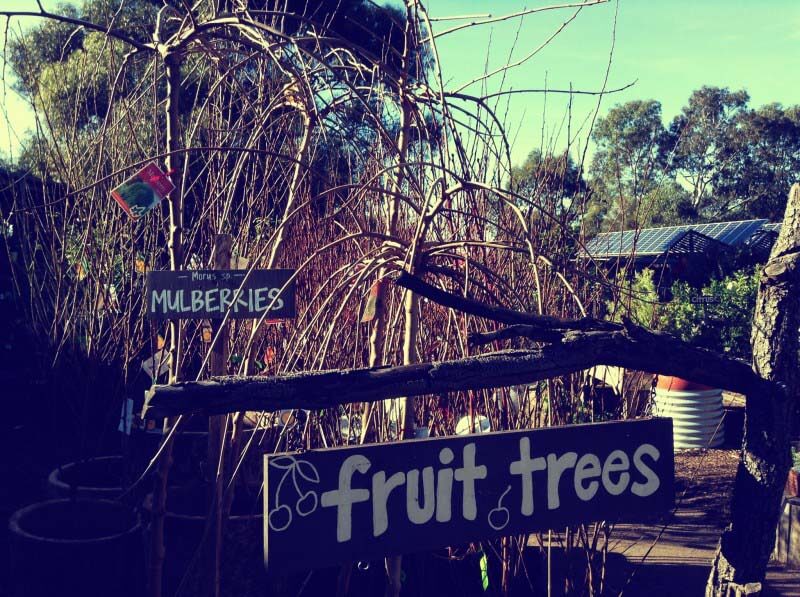VISIT
CERES is a public park that is free to visit. Enjoy the green spaces, the community, and our enterprises.
VISIT
CERES is a public park that is free to visit. Enjoy the green spaces, the community, and our enterprises.
CERES is a public park that is free to visit. Enjoy the green spaces, the community, and our enterprises.
CERES is a public park that is free to visit. Enjoy the green spaces, the community, and our enterprises.
We offer opportunities for discovery and learning for all ages and abilities. We’ve helped over 1 million students learn how to care for the Earth.
CERES is a public park that is free to visit. Enjoy the green spaces, the community, and our enterprises.
When you join CERES as a member, you’re joining a community of people that care about each other, and the Earth.
CERES is a public park that is free to visit. Enjoy the green spaces, the community, and our enterprises.
CERES is an environmental education centre, community garden, urban farm and social enterprise hub spread across four locations, linked by the Merri and Darebin Creeks on Wurundjeri Country, Melbourne.
CERES is a public park that is free to visit. Enjoy the green spaces, the community, and our enterprises.
June and July are a fairly quiet time in the vege garden. The garlic is shooting, the silverbeet is looking lush and the peas and broad beans are stretching their green little heads to the sky. It’s tempting to think you can sit back with a cuppa and relax! But if you have the room winter is the best time to get more deciduous fruit trees into the ground.
Nurseries will get their ‘bare root’ stock in June, so you will have a veritable smorgasbord of peaches, nectarines, pears, apples, persimmons, figs, cherries, nuts, apricots, berries, grapes, and more to choose from. Below is some info to demystify what all this bare root business is about.



The roots of each tree have been heavily pruned to remove them from the ground, and so their branches must be pruned to compensate for this. The first prune is also essential for setting up a good structure for easy maintenance and harvesting in years to come. Most fruit trees work best pruned into an open vase shape with three to five framework branches which radiate at equal angles around the trunk. Seen from above the branches should look like a cross.
Using sharp, clean secateurs prune to just above an outward-facing bud in order to encourage outward growth. Make sure the cut is angled away from the bud and don’t leave too much stem above the bud as this may cause die back. In subsequent years you will not need to prune as severely.
Nursery staff are happy to do the first prune for you before you take your fruit tree home. Let us know what shape you are after, for example if you wish to espalier the tree, or have it for shade.

Water your tree in the pot the night before planting. Dig a basin-shaped hole a little bit wider but no deeper than the pot your tree came in.
Create a mound in the centre of the hole with a mix of the original soil and a good quality compost or planting mix.
Ease the plant out of the pot and inspect the roots. If roots are damaged or torn give them a nice clean prune.
Place the tree in the hole with the roots resting on the mound and backfill with soil and compost, making sure not to bury the graft union. Lightly tamp the soil down and water in with a seaweed solution. Mulch to prevent the soil drying out but keep the collar of the trunk free so air can circulate.
If you aren’t ready to plant right away keep the soil in the pot moist.
Have a chat to nursery staff about where best to position your tree and whether or not it needs another variety to pollinate it (for example a President plum will pollinate a King Billy plum). Note that most peaches, nectarines and apricots are self-fertile. Dwarf varieties are great for lower maintenance, requiring less pruning. Double-grafted trees can help save space and usually comprise of two varieties that pollinate each other which is a bonus!
Deciduous fruit trees are abundant producers and will give and give for a long time if you set them up correctly in the first few years (good soil, correct pruning) and continue to maintain them. When you are sitting back eating scones with homemade plum jam watching the leaves turn in the backyard you’ll see how the effort is worth it!